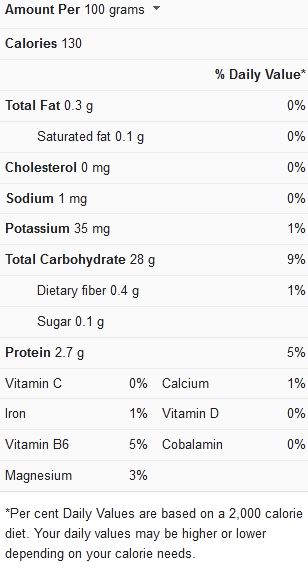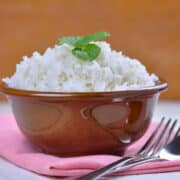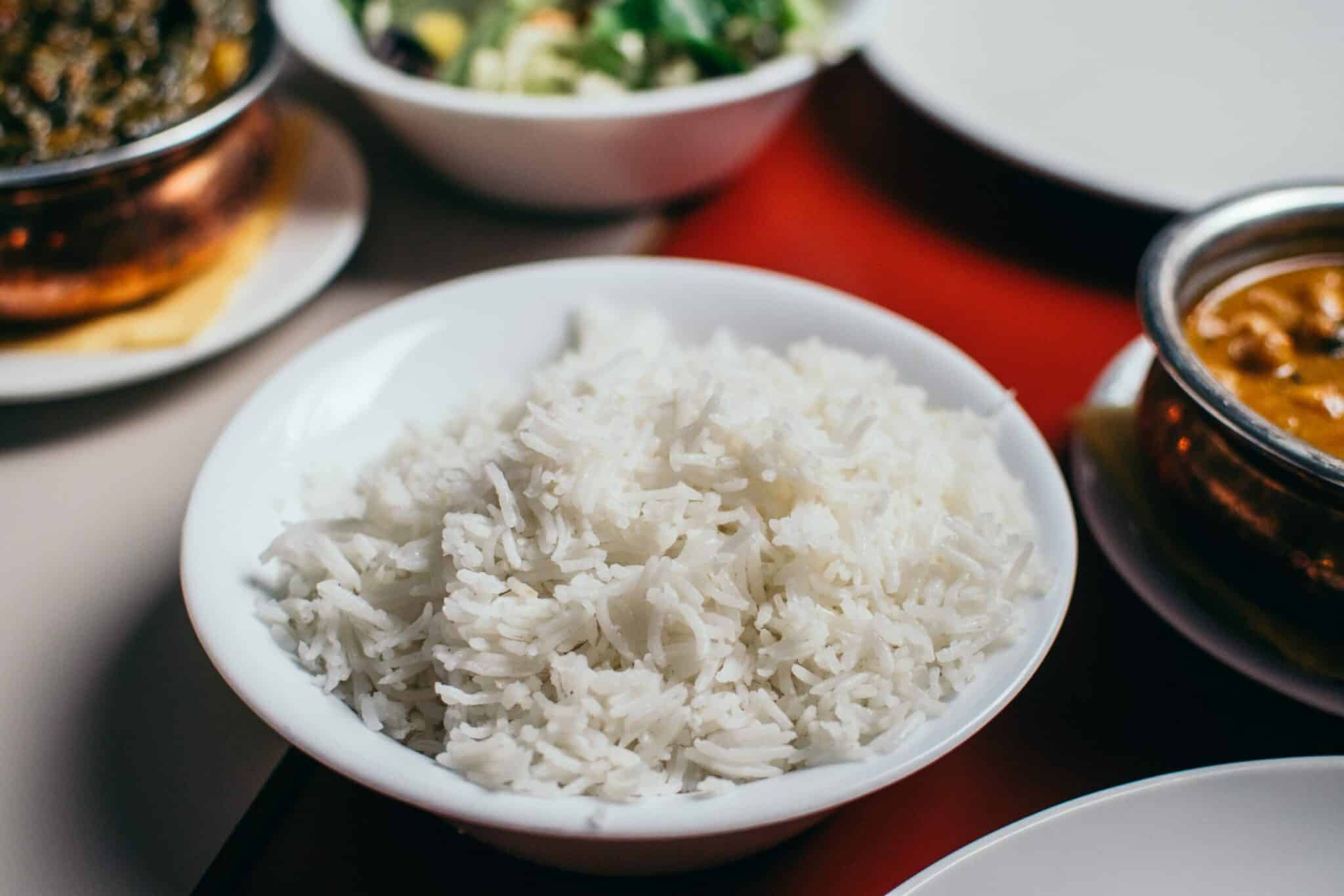White rice is the ideal side dish for various dishes since it soaks up flavors from other condiments in such a delicious manner. If the thought of cooking rice makes you uneasy, you’re not alone. Even the most skilled chefs are sometimes terrified by plain white rice.
This article has been compiled to resolve your fears about cooking white rice, especially since rice is too amazing not to know how to prepare it effortlessly. So, take note of all our tips, recommendations, and timing guidelines to get the best results.
White Rice Nutrition Facts

Tips for cooking white rice
The tips outlined below are really helpful because they help you get the best out of your white rice recipes. Take note of the following:
The type of rice matters – Depending on the recipe you have in mind, the rice type you choose matters a lot. The shorter the grain, the stickier the rice is, in general. Gummy does not necessarily imply sticky, and it simply means that the grains are more cohesive than crumbly, making them easier to handle with chopsticks.
The grain gets less sticky as it gets longer. Basmati rice is the least sticky, whereas short-grain rice is the stickiest. Sushi rice, for example, is a short-grain rice that must be sticky for sushi rolls to keep together, and sushi rolls cannot be made with basmati rice.
The ideal water-to-white rice ratio is the standard water-to-rice ratio of 2 cups water to 1 cup white rice. You can double or triple the recipe; just make sure you use a large enough pot to contain the rice as it swells while cooking. Other rice varieties, such as brown and Arborio, may have slightly varying proportions and cooking times, but this 2 to 1 ratio ensures excellent white rice every time.
Reduce the water by two tablespoons per cup of rice if you rinse the rice. If you use the correct cooking method and rice to water ratio, you won’t need to rinse rice to get fluffy rice.
Choose the right cooking method – there are different ways of cooking white rice, we’ve described three below:
Stovetop method: This is perhaps the best method for cooking rice, and it produces the best results of the three methods – the most similar to using a rice cooker. The rice cooks evenly throughout, the grains get tender without being mushy, and the grain surfaces are not wet and sticky.
Oven method: This is the next most popular way to prepare rice. Because part of the rice on the sides gets a little crispy, it’s not as good as rice cooked on the stove. But it’s still delicious, and the slight trade-off is worth it for the convenience of this hands-free rice-cooking method.
Microwave method: Rice cooked in the microwave gets done just as fast as rice cooked on the stove, but the cooking process with the microwave is more hands-off.
Microwave-cooked rice is, however, not quite as good as stove-cooked rice. The rice doesn’t cook as evenly as it should, but the difference is minor, and only rice connoisseurs will notice the difference.
Keep the cooking at a simmer – After bringing your water to a boil and seasoning it with salt and possibly a little butter, add your rice and return the water to a boil. Then reduce the heat to low, close the pot with its lid, and keep the water and rice at a low simmer, which is just below the boiling point. The top of the liquid should be softly bubbling, not boiling, as this could cause the water to bubble up out of the saucepan.
Ideal timing – Cooking a cup of white rice takes around 17 minutes, although it may take a few minutes longer if you’re cooking more. Allow the rice to finish absorbing all of the water by leaving it covered on the heat for a few minutes after it’s tender and then fluffing it with a fork. This way, you’ll make your rice beautiful and fluffy.
Reheating cooked white rice – When reheating cooked rice in the microwave, put the rice in a microwave-safe bowl, add a bit of water on top of it, then cover it with a damp paper towel before heating. Alternatively, you can also reheat it in a pot by sprinkling it with water and heating it on low heat with the cover on, constantly swirling and fluffing it.
If you want to make fried rice with cooked rice, cold rice should be your go-to option. Cold rice is also delicious in a frittata and provides texture and weight to various soups.
View this post on Instagram
Cooking Time for White Rice
The time to cook white rice depends on the method you decide to use in the cooking process. Ideally, the guidelines in the table below should help you get the best results:
| Cooking method for 1 cup of rice | Cooking time |
| Stovetop cooking | 13 minutes on medium-high |
| Oven cooking | 35 minutes at 390 F |
| Microwave cooking | 12 minutes on high |

Perfect stove-top white rice (4 servings)
Ingredients
Instructions
- In a medium saucepan, bring the water to a boil. Allow the butter to soften before adding the salt.
- Stir in the rice after the water has returned to a boil. Allow the water to come back to a light simmer. Stir once more, cover the pot, and reduce the heat to low. Continue to maintain the rice on a low heat and cover the pot (you may have to peek after a few minutes to make sure the heat is at the correct temperature, but then let it cook, covered). When 17 minutes have passed, check to see if the rice is soft and absorbed all of the liquid. It could take up to 25 minutes, depending on how much rice you’re cooking.
- When the rice is done, please remove it from the fire and set it aside for a few minutes to absorb any remaining liquid. Remove the lid, use a spatula or fork to fluff the rice, and set it aside to sit for another 2 minutes or so to allow some of the excess liquid to evaporate.
This recipe guarantees perfectly cooked rice every time, provided that you follow the instructions.
properly. If you’d like to see more ways to cook white rice, check out this video recipe.
